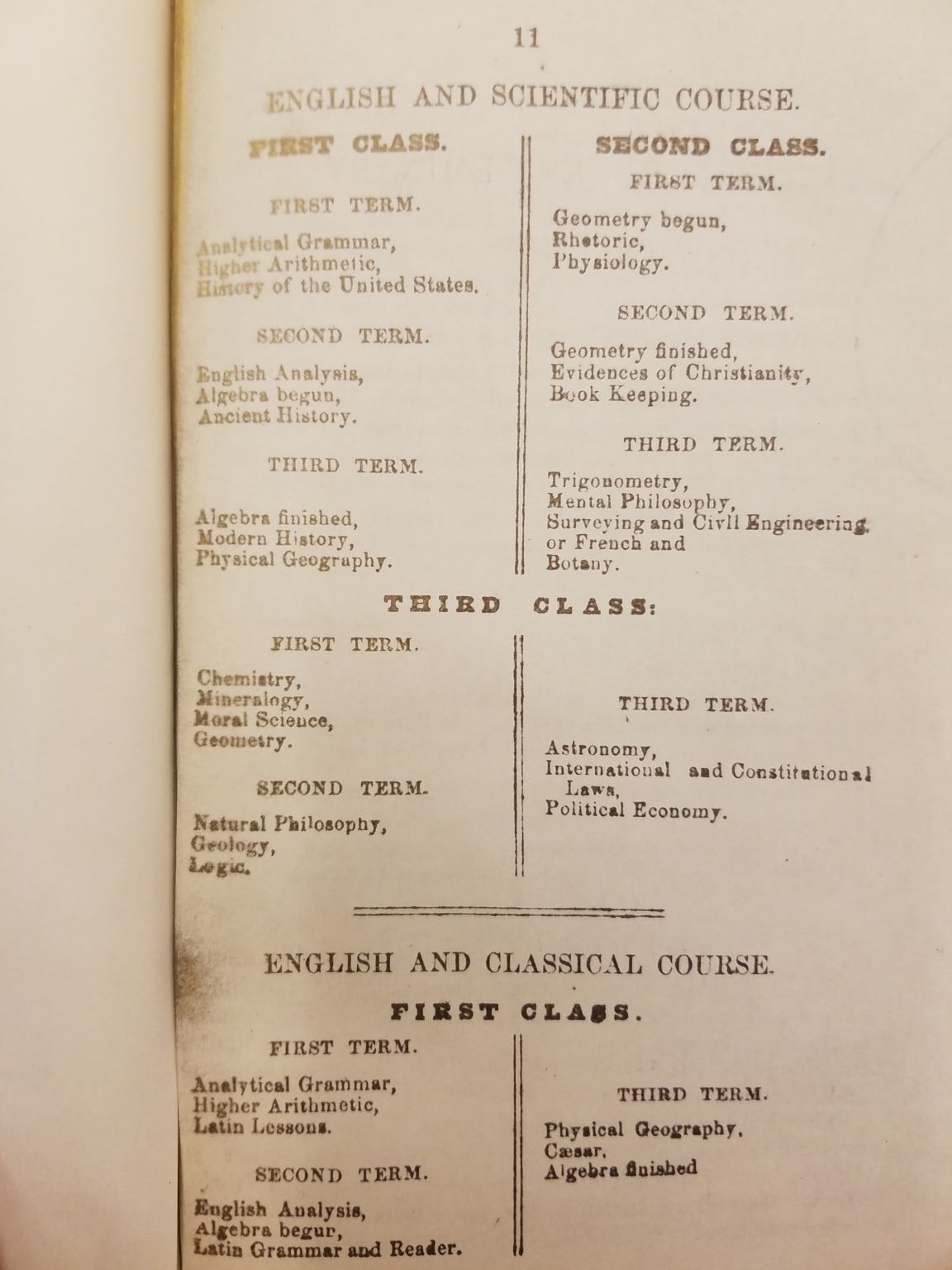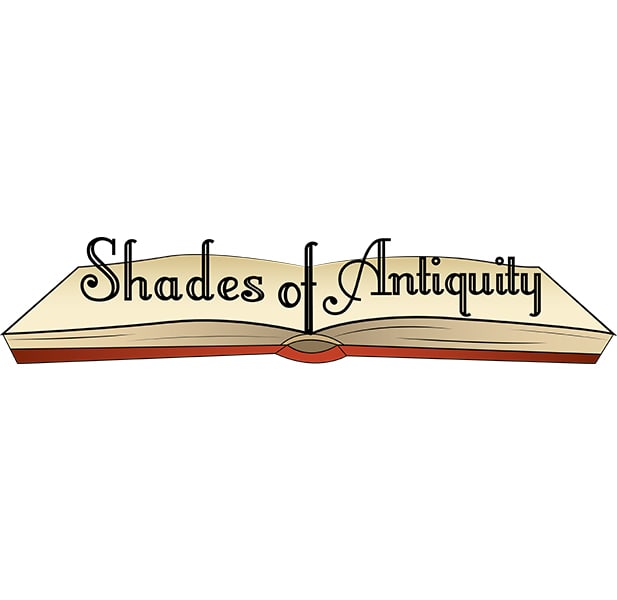Students at Blackburn College are offered a wide variety of major options ranging from biology to creative writing. According to the 2016-2017 course catalog there are 52 majors and 34 minors available. This starkly contrasts with the minimal number of course offerings available when Blackburn began.
The 1864-65 academic year offered two learning plans for entering students according to its course catalog: the English and Scientific course and the English and Classical course. These courses resembled their modern day counterparts but the scale of the course was incredibly broad compared to today. These two programs shared many classes such as Higher Arithmetic and Analytical Grammar in a three term rotation. They were rigid, with no electives or alternatives available, and were presented to the student during registration. This approach carried on for years with only minor changes including additional language classes such as German, Latin and Greek.

The first time Blackburn offered majors in its catalog
In the course catalogs for the 1870s a new major was accepted into Blackburn’s curriculum: the Philosophical course. This course featured classes in logic and psychology as well as additional history classes. This, as well as a change in the administration of the college, set off a new pattern of expansion for the college, as they were able to add another degree: the Bachelor of Arts. Along with classical and science courses the curriculum began to look more contemporary, where students have options according to their interests. Students could pick their favorites out of several options for courses like language and the ability to earn degrees for teaching.
The 1900s marked the beginning of official general education courses that all students were required to take. This allowed the courses the college taught to become better categorized and streamlined. These refined courses gave the students options that resemble contemporary majors in a more broad sense of the word, such as majoring in science or the humanities as a whole. The next two decades further refined these categories until in the 1920s the catalog first referred to the different areas of study as “majors.”
During the 1920s and 1930s, Blackburn stopped expanding on its courses and began to expand each major with more specific classes, beginning to add new majors to the program. Category names were switched around with Classical Studies replaced by the Humanities for example. This pattern carries on to today where the school is constantly growing and updating departments in order to encourage both student success and college growth.

